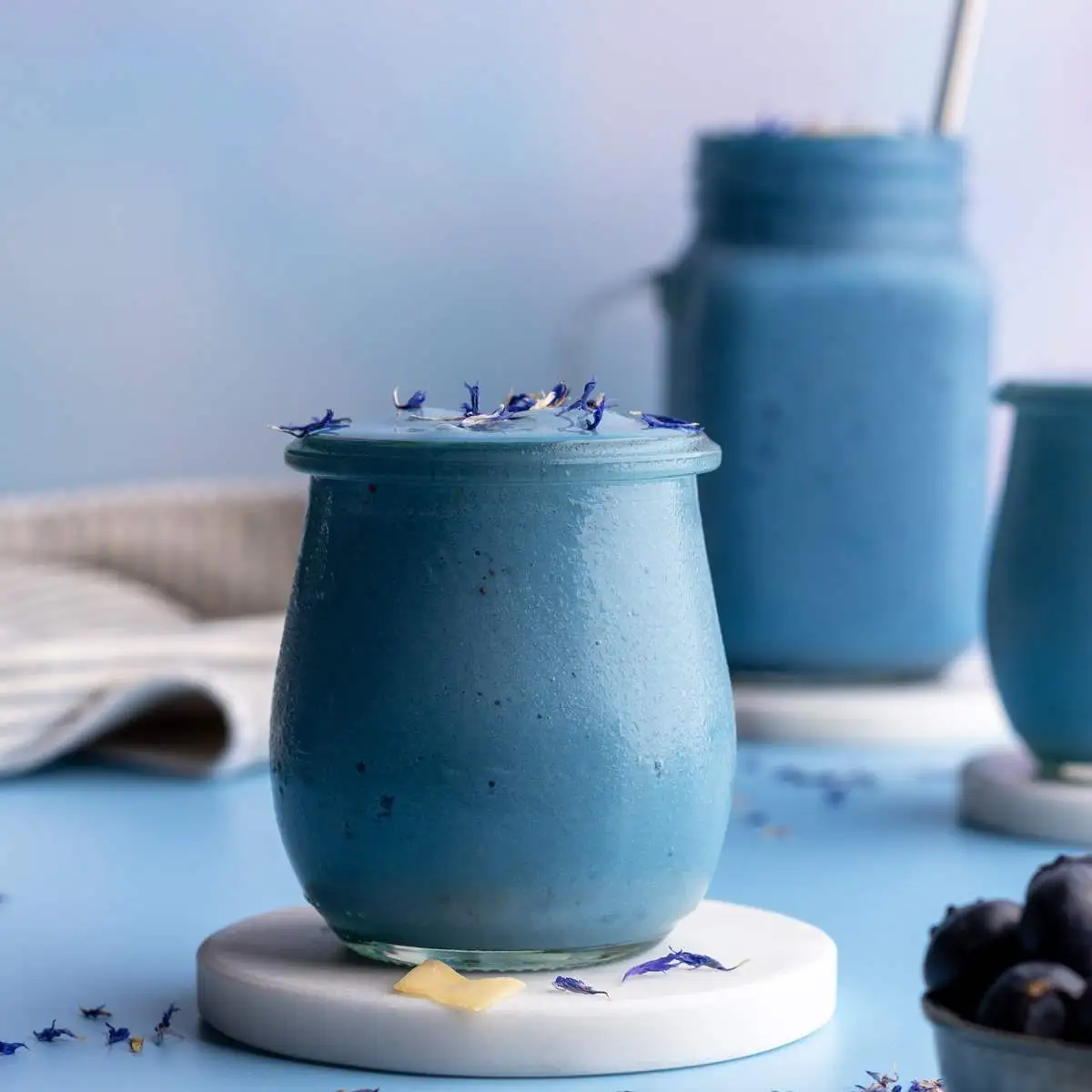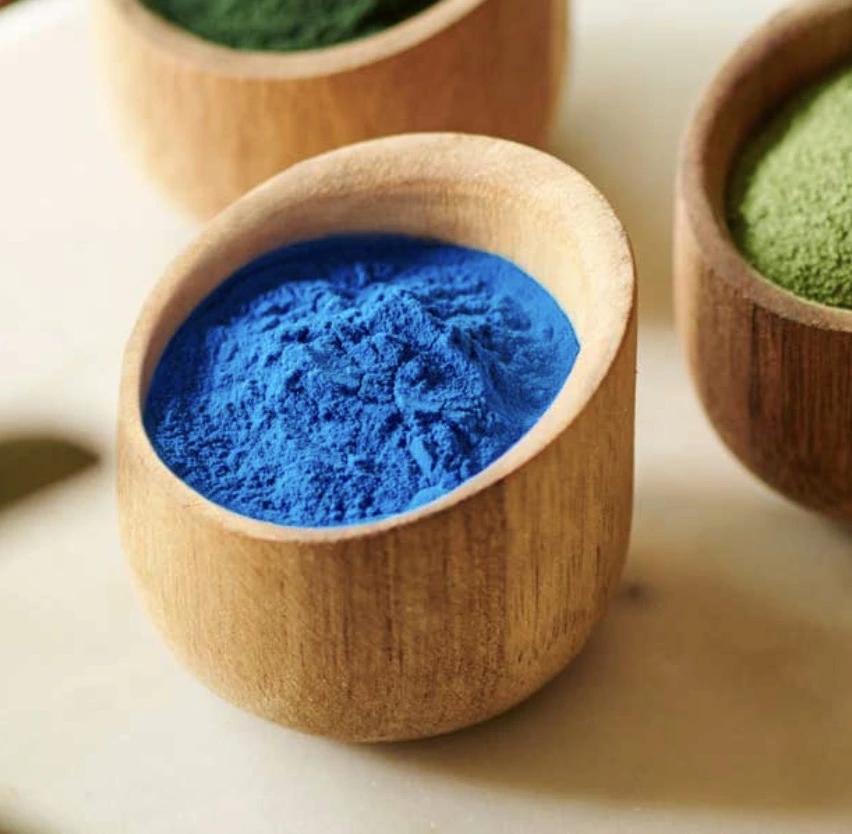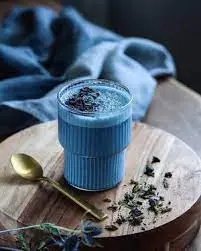Is Vegetable Carbon E153 safe for kids and adults?
Vegetable Carbon E153, a food coloring agent, has been a topic of discussion among health-conscious consumers and parents. This article delves into the safety aspects of E153 for both children and adults, exploring its composition, health effects, and regulatory status.

What is Vegetable Carbon E153 Made From?
Vegetable Carbon E153, also known as Carbon Black or Vegetable Black, is a fine, black powder derived from the controlled combustion of vegetable materials. The production process involves heating vegetable matter such as coconut shells, peat, or other plant-based sources in the absence of oxygen, resulting in a high-carbon content substance.
The Production Process of E153
The manufacturing of Vegetable Carbon E153 follows stringent guidelines to ensure purity and safety. The process typically involves:
- Selection of high-quality vegetable sources
- Controlled pyrolysis (heating without oxygen)
- Cooling and grinding into a fine powder
- Purification to remove impurities
- Quality control testing
This meticulous process results in a food-grade coloring agent that meets regulatory standards for use in various food products.
Chemical Composition of E153
Vegetable Carbon E153 primarily consists of elemental carbon, with trace amounts of other elements depending on the source material. The chemical structure of E153 is predominantly amorphous carbon, which is inert and non-reactive in the human body.

Health Effects of E153 in Daily Food Products
The use of Vegetable Carbon E153 in food products has been a subject of scrutiny by health authorities worldwide. Let's examine its potential health effects and regulatory status.
Common Foods Containing E153
Vegetable Carbon E153 is used as a coloring agent in various food products, including:
- Confectionery items (e.g., licorice, gummy candies)
- Soft drinks and energy beverages
- Baked goods (e.g., dark-colored bread crusts)
- Cheese rinds
- Ice creams and frozen desserts
The presence of E153 in these products is primarily for aesthetic purposes, providing a deep black color.
Regulatory Status and Safety Assessments
Vegetable Carbon E153 has undergone extensive safety evaluations by regulatory bodies such as the European Food Safety Authority (EFSA) and the Joint FAO/WHO Expert Committee on Food Additives (JECFA). These assessments have concluded that E153, when used within prescribed limits, does not pose significant health risks to consumers.
In the European Union, E153 is approved for use in specific food categories with maximum permitted levels. The U.S. Food and Drug Administration (FDA) also recognizes Carbon Black as a color additive exempt from certification, indicating its general recognition of safety.
Potential Health Concerns
While E153 is generally considered safe, some health concerns have been raised:
- Digestive Issues: In rare cases, consumption of foods containing E153 may lead to temporary digestive discomfort in sensitive individuals.
- Absorption of Nutrients: There's a theoretical concern that E153 might interfere with the absorption of certain nutrients, although scientific evidence is limited.
- Potential Contaminants: The production process of E153 must be carefully controlled to avoid the presence of harmful contaminants such as polycyclic aromatic hydrocarbons (PAHs).
It's important to note that these concerns are generally mitigated by the strict regulatory controls and safety assessments in place for food-grade E153.
Is E153 Vegan, Natural, and Safe for Children?
The safety and suitability of Vegetable Carbon E153 for various dietary requirements and age groups is a common concern among consumers.
Vegan and Vegetarian Considerations
Vegetable Carbon E153 is typically considered vegan and vegetarian-friendly. As it's derived from plant sources and does not involve animal products in its production, it aligns with vegan and vegetarian dietary principles. However, consumers following strict vegan diets may want to verify the specific source and production methods with manufacturers to ensure compliance with their dietary choices.
Natural vs. Synthetic Classification
The classification of E153 as a natural or synthetic additive is somewhat nuanced. While it originates from natural vegetable sources, the production process involves significant processing. Some regulatory bodies classify it as a natural color, while others may categorize it as a processed or synthetic additive due to its manufacturing method.
Safety for Children
The safety of E153 for children has been a topic of particular interest for parents and health professionals. Current scientific evidence and regulatory assessments suggest that E153, when used in compliance with established guidelines, is safe for consumption by children. However, as with any food additive, moderation is key.
Points to consider regarding E153 and children:
- Allergic Reactions: While rare, some children may exhibit sensitivity to E153. Parents should monitor for any adverse reactions.
- Dietary Balance: Excessive consumption of foods containing E153 may contribute to an unbalanced diet. Encouraging a varied diet rich in fruits and vegetables is essential for children's health.
- Dental Health: Some E153-containing products, particularly confectionery items, may contribute to dental issues if consumed frequently.
Alternatives to E153
For those seeking alternatives to Vegetable Carbon E153, several options exist:
- Natural Black Colorants: Squid ink, activated charcoal (in certain applications), and black carrot extract can provide similar coloring effects.
- Blended Natural Colors: Combinations of other natural colorants can achieve dark hues without using E153.
- Uncolored Products: Opting for products without added colors is always an option for the most health-conscious consumers.
Best Practices for Consumption
To ensure safe consumption of products containing E153:
- Read Labels: Be aware of the presence of E153 in food products by checking ingredient lists.
- Moderation: Consume E153-containing foods in moderation as part of a balanced diet.
- Variety: Opt for a diverse range of foods to minimize reliance on any single additive.
- Consult Professionals: If you have specific health concerns or dietary requirements, consult with a healthcare professional or registered dietitian.
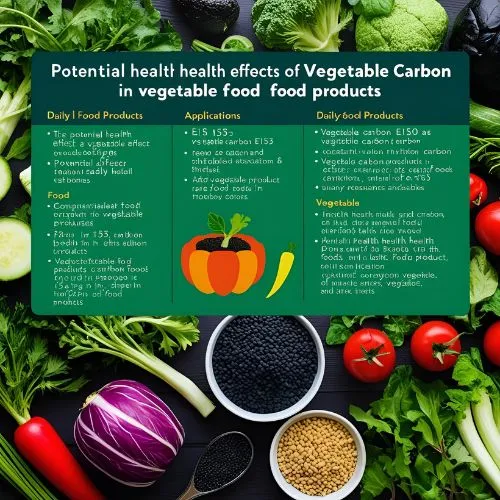
Conclusion
Vegetable Carbon E153, when used within regulatory limits, is generally considered safe for both adults and children. Its vegan-friendly nature and natural origin make it a popular choice in food coloring. However, as with any food additive, moderation is key. Consumers should make informed choices based on their individual health needs and dietary preferences.
For those interested in learning more about natural plant extracts and their applications in food and health industries, Yangge Biotech Co., Ltd. offers extensive expertise and product solutions. For further information, please contact us at info@yanggebiotech.com.
FAQ
Q: Can we get some samples to test before purchasing?
A: Of course, we can provide free samples of 20 to 100 grams, but the shipping cost is at the customer's expense. The shipping cost can be deducted from the next order, or the samples can be sent through your courier account.
Q: Do your products have relevant certifications?
A: Yes, our products are certified for HALAL, ISO, HACCP, Kosher, and other certifications.
Q: What is the minimum order quantity (MOQ)?
A: Small batches of samples can be customized according to your requirements.
Q: Do you offer OEM and ODM services? Can the formula be customized based on our own?
A: Of course, we provide ODM and OEM services to many customers. Our product range includes softgels, capsules, tablets, sachets, granules, and private label services. Simply contact us and let us know your requirements. Our experienced R&D team can also develop new products with specific formulas.
Please contact us to design your own branded products.
Q: How do you handle quality complaints?
A: First, we have a comprehensive quality control SOP. We provide authoritative third-party inspection reports for almost all products before shipment to minimize the possibility of quality issues. Second, we have a comprehensive return and exchange procedure. If there is a genuine quality dispute, we will strictly follow the SOP.
Q: How do you ship? How long does delivery take?
A: For small orders, we typically use DHL, UPS, EMS, FedEx, or TNT. Delivery typically takes 3-7 days. We also offer air and sea freight services. We have a strong freight forwarding team and can provide you with a one-stop service, including DDP and DDU.
Q: What are your payment terms?
A: 100% prepayment, payable by T/T, Western Union, MoneyGram, or PayPal.
Q: What is the shelf life of your products?
A: 2 years with proper storage.
Q: Is the packaging environmentally friendly?
A: We attach great importance to environmental protection and are constantly improving our product packaging. Some products are packaged in recyclable paper. Packaging materials are carefully selected to ensure product safety during transportation and storage, and to minimize environmental impact. We are committed to achieving a balance between environmental friendliness and practicality in our product packaging, and to contributing to sustainable development.
References
1. European Food Safety Authority (EFSA). "Re-evaluation of vegetable carbon (E 153) as a food additive." EFSA Journal, 2021.
2. Joint FAO/WHO Expert Committee on Food Additives (JECFA). "Safety evaluation of certain food additives and contaminants." WHO Food Additives Series, 2018.
3. Codex Alimentarius Commission. "General Standard for Food Additives (GSFA) Online Database." Food and Agriculture Organization of the United Nations, 2022.
4. Matulka, R.A., et al. "Safety assessment of activated charcoal as a food ingredient." International Journal of Toxicology, 2019.
5. Amchova, P., et al. "Health safety issues of synthetic food colorants." Regulatory Toxicology and Pharmacology, 2020.

Based on your location and order quantity, you will have the opportunity to receive a limited time free shipping promotion!
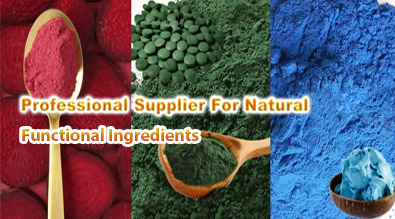
Who we are
